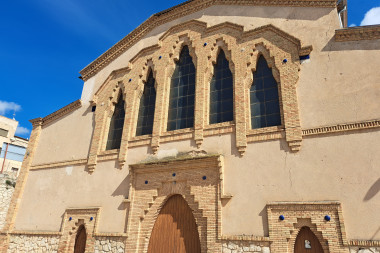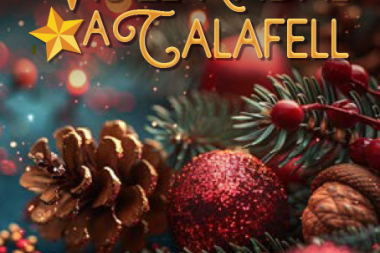Conca de Barberà, the Trepat grape and their history
Conca de Barberà is an area with a great winemaking tradition, thanks to its location and its land. To understand the present we have to take a leap into the past, and the evolution of viticulture in Conca de Barberà has been closely linked to the historical evolution of the region. Let’s go back to the Middle Ages, when two institutions, the Cistercian monks of the Abbey of Santa Maria de Poblet and the warrior monks of the Templars, passed on their knowledge and experience to the farmers in order to cultivate the vineyards and extract the best wines.
DOWNLOAD THE MOBILE APP:
YOU CAN ALSO FIND US HERE
















